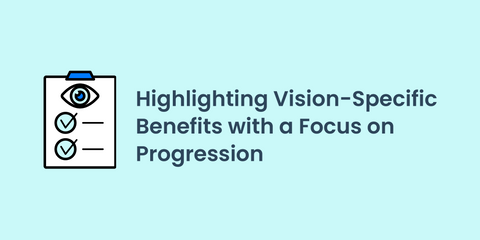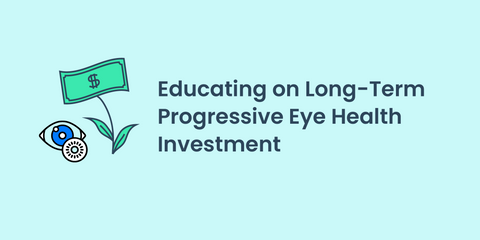As eye care professionals, you understand the importance of comprehensive vision care. But what happens when a patient's needs extend beyond the coverage of typical vision insurance plans? This can be especially true for progressive conditions like dry eye and chronic blepharitis. These conditions often require more than a simple prescription change, and navigating conversations about non-covered treatments can feel tricky.
The key lies in effective communication. Let's explore strategies to help you discuss these treatment options with empathy and clarity, ultimately empowering your patients to make informed decisions about their long-term eye health.
Understanding the Challenge
Imagine a patient who comes in expecting a new prescription for glasses, only to learn they have dry eye. This unexpected diagnosis can be confusing and frustrating, especially when traditional insurance doesn't cover the recommended treatment plan. Here's the challenge: convincing patients to invest in non-covered treatments that focus on preventing future problems.

Here's where your communication skills come into play. Here are some key strategies:
- Start with Empathy: Acknowledge the patient's concerns. Phrases like "I understand this may be unexpected..." or "Let's talk about the long-term impact of dry eye..." show you care and build trust.

- Explain the Benefits: Don't just tell patients what they need; explain why. Talk about how these treatments manage the progression of dry eye and chronic blepharitis, ultimately saving them from potentially more expensive interventions down the line.

- Frame it as an Investment: Shift the focus from cost to value. Explain how consistent treatment is an investment in their long-term eye health and overall well-being. Phrases like "Think of it as an investment in your vision..." can help reframe the conversation.

- Compare Costs: Sometimes, a little transparency goes a long way. Explain how the initial cost of non-covered treatments might be less expensive than dealing with untreated progression in the long run.
Key Phrases to Use:
Here are some specific phrases you can incorporate into your conversations:
- "Understanding the long-term impact of dry eye, let's explore options beyond insurance to ensure your eye health."
- "Your eye health journey is unique. We'll create a personalized plan for lasting relief, even if it involves treatments not covered by your insurance."
- "Consistent care, like brushing your teeth, is key to long-term eye health. These treatments work similarly, providing long-term benefits for your vision."
- "While not covered by insurance, the long-term benefits of managing dry eye outweigh the cost for your overall vision health."

The Takeaway
By mastering the art of communication, you can effectively guide patients towards non-covered treatments for progressive eye conditions. Remember, your expertise is valuable. By combining empathy with clear explanations about treatment options and their benefits, you empower patients to make informed decisions and take charge of their long-term eye health.

